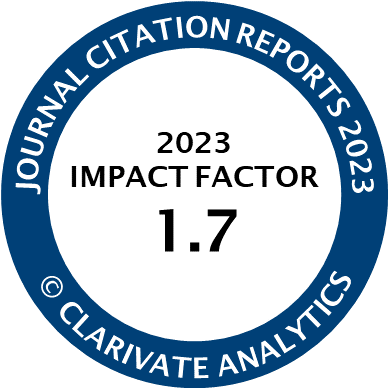Article | Open Access
How a Sustainable Renovation Influenced the Environmental Values of Those Involved
| Views: | 1637 | | | Downloads: | 953 |
Abstract: Renovation projects are complex and multi-layered as they often deal with architectural, cultural, and social values, as well as aspects of energy efficiency and finance. This article discusses the impact that engaging in a sustainable retrofit had on the environmental values of those involved. The project was the renovation of an existing log cabin structure located on the Ōtātara heritage site at the Eastern Institute of Technology campus, New Zealand. The aim was to make the existing structure as near-zero energy as possible, so it would act as a demonstration facility for sustainable building and living practices and inspire the local community to adopt pro-environmental practices. The completed project is being used by the Eastern Institute of Technology as home to a nature-based education facility where the cultural and creative connections to land, sustainable use of resources, restoration of ecology, and biodiversity management are communicated. The article explains why people chose to be involved with the various stages of renovating and using a sustainable building and their attitudes towards behaving sustainably. The research approach is explorative, making use of qualitative data analysis methods. The study argues that getting involved in a sustainable building can potentially change the values of people through active, systemic, and successive learning, both in the building and operation phases. The key finding shows that involvement only increased as the project gained momentum as people could see that taking part would produce something tangible.
Keywords: environmental values; New Zealand; renovation; sustainable buildings; zero energy
Published:
© Mazin Bahho, Brenda Vale. This is an open access article distributed under the terms of the Creative Commons Attribution 4.0 license (http://creativecommons.org/licenses/by/4.0), which permits any use, distribution, and reproduction of the work without further permission provided the original author(s) and source are credited.




